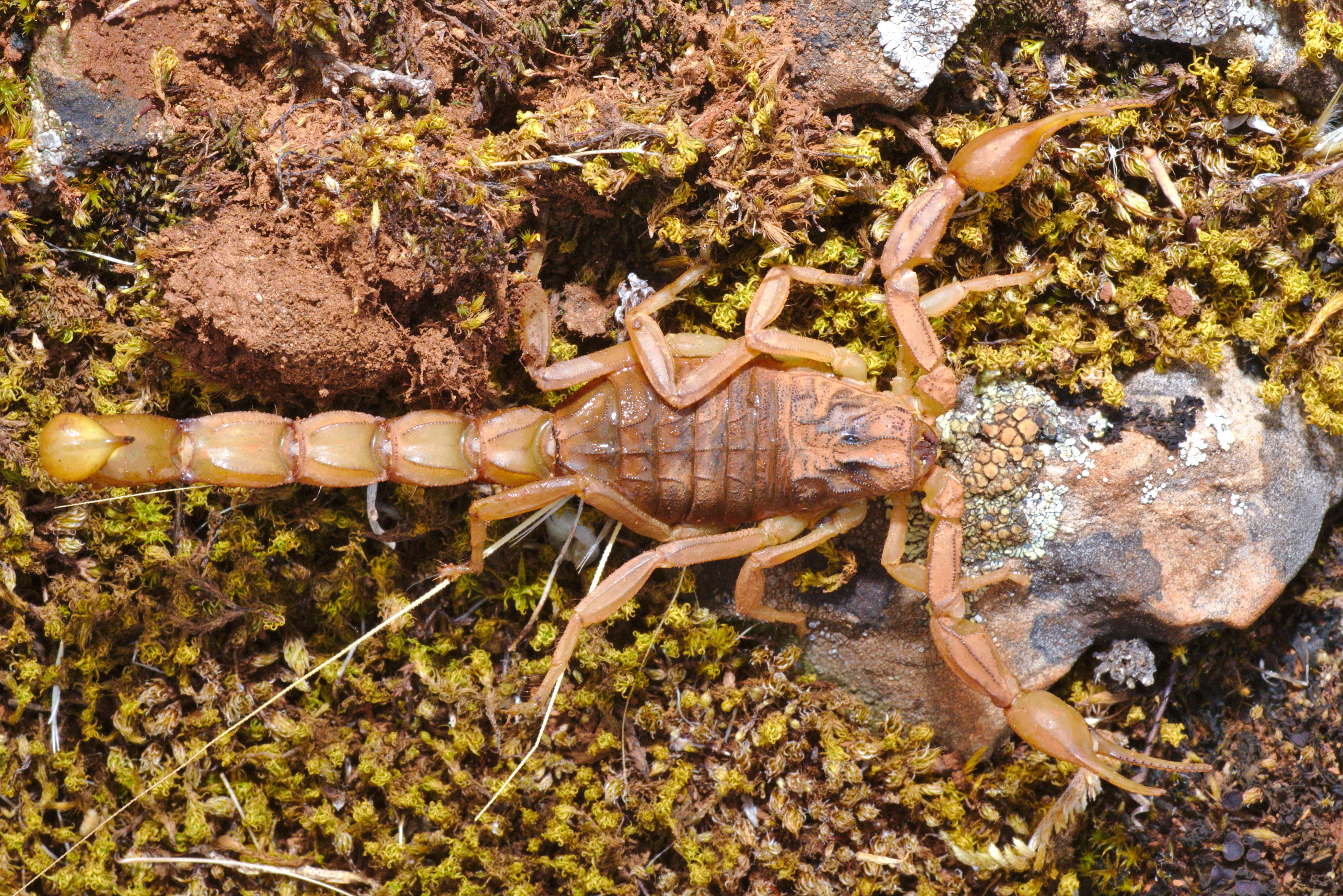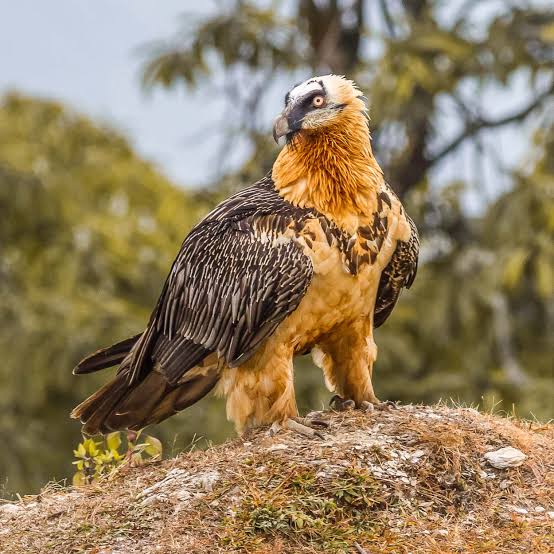Understanding the Legalities of Home Surveillance in Spain
Thursday, April 25, 2024
In an era where security cameras are becoming increasingly affordable and accessible, homeowners in Spain are seeking to leverage video surveillance technology to protect their properties. The question arises, though, can one legally place cameras on the exterior of a residence without running afoul of privacy laws or neighbourly disputes?

The Legality of Exterior Cameras: A Delicate Balance
Spanish homeowners may feel the need to install surveillance for various reasons, primarily security. However, the legality of positioning cameras on a building's façade is nuanced, particularly when the property is part of a multi-unit dwelling such as flats or residential estates. Here, the individual's right to security intersects with the right to privacy, creating a legal tightrope that must be carefully walked.
For single-family homes, the law is more permissive. Owners can usually set up cameras on their property's façade without much legal restriction since any recorded individual could potentially be an intruder. This changes significantly for multifamily buildings. Here, installing surveillance cameras that capture shared spaces like corridors, courtyards, or parking lots necessitates consent from the community of owners.
Even with consent, there are clear boundaries. Cameras must not record public spaces or the street, save for the area immediately adjacent to a building's entrance. This is critical to uphold both the privacy of neighbours and adherence to the law.
Compliance with Regulations: Requirements for Home Surveillance
In compliance with data protection regulations in Spain, homeowners who wish to install video surveillance must adhere to the following requirements:
-
Notification via Signage: Clear posting of signs indicating the presence of video surveillance is mandatory.
-
Limited Data Collection: The scope of the recording should be strictly what is necessary for the intended security purpose.
-
Access Rights: People captured by the cameras have the right to access the recordings they are in.
-
Secure Storage: Recorded images must be stored securely and access to them should be limited to authorized personnel only.
-
Restricted Public Recording: Continuous, unrestricted recording of public roads is prohibited.
Additional measures, such as strategic camera placement and restrictive recording angles, must be employed to focus only on relevant property areas and avoid overlooking public or neighbouring private spaces.
Front Door Surveillance and Implications
When it comes to front door cameras that solely capture footage of one's entrance without encroaching on common areas or public roads, the rules are more relaxed. However, notification to the community, as well as posting signage, is still advisable to prevent any possible disputes.
The Consequences of Non-Compliance
Ignorance or disregard for these regulations can result in significant penalties. Depending on the severity, legal consequences may include fines by the Spanish Data Protection Agency (AEPD), mandated deletion of unlawfully captured images, prohibition of future camera installations, and even civil liability for privacy infringement.
Tips for Choosing Cameras for Home Surveillance
For those wondering where to purchase such cameras, Amazon offers a variety of surveillance cameras, including the reputable brand TP-Link. Affordable options, such as the Tapo models listed for around €21.99, offer key features necessary for compliant home surveillance.
The adoption of video surveillance at home in Spain necessitates a delicate balance between personal security and privacy rights. Both homeowners and residents must navigate these requirements with care and consider the communal implications of their security measures. As surveillance technology continues to evolve and integrate into our daily lives, awareness and understanding of such legal frameworks become ever more important for avoiding conflicts and ensuring both security and privacy are maintained.
 2
Like
Published at 8:22 PM Comments (0)
2
Like
Published at 8:22 PM Comments (0)
The Most Dangerous Scorpion in Spain
Friday, April 19, 2024
There's an intoxicating thrill to encountering the local wildlife whilst venturing the ever-enchanting landscape of Spain. However, within the diverse ecology of this beautiful country, there are a few less-than-friendly inhabitants. The most dangerous of this group? Buthus ibericus, commonly known as the Iberian scorpion.
The Buthus ibericus, or Iberian scorpion's, common locale might surprise you. This particular scorpion species isn't found skulking in remote wilderness or barren scrublands. Contrarily, it's quite associated with human settlements.
Among its favoured habitats are peridomestic areas, meaning environments around human homes and settlements. Rocky walls, fallen logs, leaf litter, or urban waste are common places to find an Iberian scorpion. These creatures are nocturnal and remain hidden during the daylight hours, sneaking out in the cooler evenings to hunt for food.
This species is found mainly in the Iberian Peninsula, hence the moniker, which includes most of Spain and Portugal. Central and Southern Spain are the hotspots for their presence, with a particular prevalence in the Spanish regions of Madrid, Andalusia, and Catalonia. These arachnids are also known to have populations in parts of France, Morocco, and Algeria.

How To Recognise It
The Iberian scorpion is usually 5-6cm in length, possesses a rather menacing appearance typical of a scorpion, with its pincers and tell-tale stinger-tipped tail arching over its back. It is typically a yellowish-brown or orange in colour. The immature scorpions are smaller, usually only around 3-4cm in length and might exhibit a slightly paler colouration.
Another distinctive factor is the presence of dark spots on the mesosoma, which gives the creature a flecked appearance. Additionally, compared to other scorpion species, the Iberian scorpion has remarkably slender pedipalps (the pincer-bearing limbs) and a slightly elongated and slender metasoma (the tail). Remember, though, while identification is important, all scorpions should be treated with caution.

Threat Level: How Lethal Is It?
Scorpions have spells of fear cast over them due to their venomous sting. But how much should we fear the Iberian scorpion, particularly? The Iberian scorpion does pack a venomous sting, and it does use it to immobilise its prey, and as a defence mechanism when threatened. Its venom is a mix of peptides and proteins, some of which could potentially be harmful to humans.
However, its lethality is somewhat exaggerated. Cases of fatality caused by the Iberian scorpion sting are extremely rare. A sting from this scorpion species is undoubtedly a painful experience, often described to be somewhat akin to a wasp sting. The effects are typically localised, causing swelling, redness, and intense pain lasting for a few hours.
Systemic effects, such as fever, nausea, muscle cramps, and in rare cases, more serious symptoms like tachycardia, hyperglycemia, or hypertension, can occur. However, these are not typically life-threatening. Vulnerable individuals — the elderly, young children, or those with pre-existing health conditions, may be more severely affected. It's always necessary to seek medical attention promptly if stung.
To give a bit of perspective, out of the estimated 2,000 scorpion species worldwide, only 30-40 have venom potent enough to kill a human. Most scorpions, including the Iberian scorpion, come nowhere near this lethal benchmark.
In the grand scheme of things, the chances of encountering an Iberian scorpion in Spain are slim, and the possibility of being fatally harmed by one, is slimmer still. However, knowledge and preparedness are always beneficial tools when venturing into any wildlife habitat. By knowing where the Iberian scorpion dwells, how to recognise it, and understanding the actual threat it poses, you'll be better equipped to appreciate the diverse wildlife of Spain safely.
Remember, respect for all wildlife and their habitat — even our unassuming Iberian scorpion — is essential. After all, they're part of the rich tapestry of Spain's ecological landscape that makes it such a vibrant, intriguing region to explore. So, tread lightly, explore respectfully, and enjoy the wild side of Spain!
This tiny but menacing inhabitant of the Iberian Peninsula provides just a hint of danger to heighten the adventurous spirit in you!
 1
Like
Published at 7:08 PM Comments (2)
1
Like
Published at 7:08 PM Comments (2)
"Decoding Myths: Unmasking the 'Dangerous' Lammergeier of Spain"
Friday, April 12, 2024
Spain, a country known for its diverse landscapes and rich wildlife, hosts an array of bird species, from the whimsical wren to the majestic eagles. However, amidst this diversity lies a bird often shrouded in mystery and sometimes fear: the Lammergeier, also known as the Bearded Vulture.

The Lammergeier, or Gypaetus barbatus, is a bird of prey that belongs to the Old World vulture family. With its fearsome appearance and diet consisting largely of bones, the Lammergeier's name across various cultures reflects its intense repute. In Germany, it's known as the "Lammergeier," suggesting a force powerful enough to carry off lambs or even adult sheep. The Spanish name, "Quebrantahuesos," plainly translates to "bone-breaker," illustrating the bird's method of smashing bones to reach the marrow inside. Even in Crete, the moniker "bone-eater" paints a vivid picture of its dietary preferences. The original name, "ossifrage," hews closely to the same theme.
Found primarily in mountainous regions, the Lammergeier thrives at lofty elevations from the Atlas Mountains in North Africa to the Himalayas in Asia, with a significant presence in the Pyrenees, Alps, and Caucasus of Europe. Spain's Pyrenees are home to an important population of these awe-inspiring birds, where they expertly navigate the air currents above the rugged environment.
The Diet of the Lammergeier
Unlike most birds of prey, the Lammergeier has a diet peculiarly rich in skeletal matter, consuming up to 70% bones. This marrow-munching raptor's method of breaking open bones by dropping them from heights stands as a unique trait, deeply embedding the species into local lore and legend.
MarioBöni_r.jpg)
Conservation Status
While the Lammergeier may carry an imposing demeanour, this bird has been misunderstood and maligned as a livestock plunderer, leading to endangerment through human actions. Ongoing conservation initiatives have been crucial in protecting this species. Currently categorized as 'Least Concern' by the IUCN, the European populations remain low, necessitating continued vigilance.
Many legends portray the Lammergeier as a formidable predator, capable of carrying away young animals and even posing a threat to children. Nevertheless, these stories are greatly exaggerated. The Lammergeier is largely a benign scavenger, playing a critical role in the ecosystem by disposing of animal remains, which helps in controlling diseases.
Despite its image as Spain's most dangerous bird, the Lammergeier is in truth, more a magnificent enigma than an actual risk to humans or livestock. Its ecological significance combined with its incredible flight acumen renders it an enthralling focus of study and conservation. Spain's continued efforts to safeguard the Lammergeier underscore the need to demystify this avian wonder for the greater benefit of biodiversity preservation
 1
Like
Published at 9:45 PM Comments (3)
1
Like
Published at 9:45 PM Comments (3)
Spam post or Abuse? Please let us know
|
|